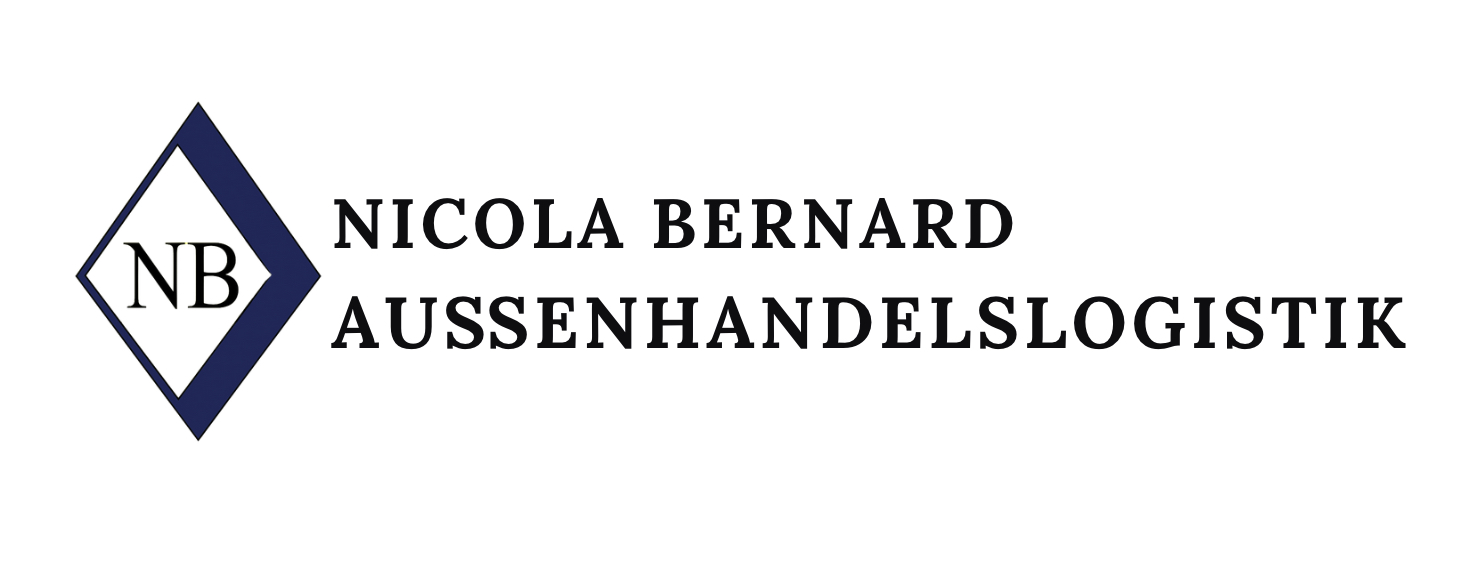Against the backdrop of the European Climate Act, Regulation (EU) 2023/956 establishing a CO2 border adjustment system was adopted in mid-May 2023. The system, CBAM (Carbon Border Adjustment Mechanism) for short, is intended to help achieve the climate neutrality targeted in the Climate Act by 2050.
How does the carbon border adjustment system work?
The idea behind the system is to take into account the greenhouse gas emissions of goods that reach the customs territory of the EU, or to reduce them in the long term. This is to combat the current practice of companies having production in countries with low climate protection requirements, thus driving global CO2 emissions.
CBAM replaces emissions certificates
One attempt to reduce greenhouse gas emissions within the EU is through emission allowances. By 2026, this system will be replaced by CBAM. Companies will be required to purchase CBAM certificates when importing goods into the EU. Only an approved CBAM registrant who has previously registered via the CBAM registry will be allowed to import the goods.
To which goods does the CO2 border adjustment mechanism apply?
The product groups affected are cement, iron, steel, fertilizers, aluminum, electricity and chemicals. The corresponding CN codes can be found in Annex I of the regulation. Also affected are compensating products made from the aforementioned goods.
Transition period until the end of 2025
Until the new regulation is fully applicable, a transition period is foreseen. From October 1, 2023 to December 31, 2025, only certain reporting requirements for importers will apply. A public consultation is still open until July 11, 2023, for stakeholders to comment on the draft implementing regulation.
Background information on the CBAM can also be found on the European Commission’s website.
Sources: EU Commission, Möllenhoff Rechtsanwälte






